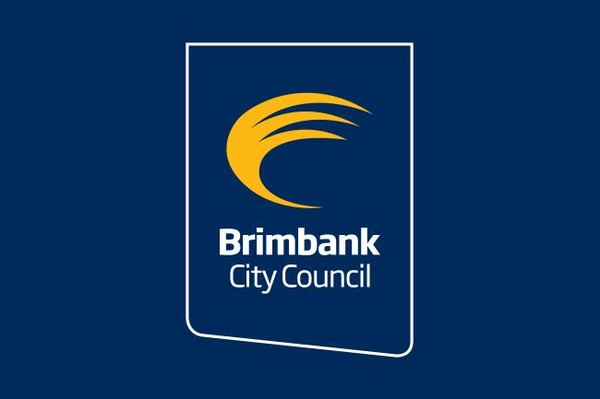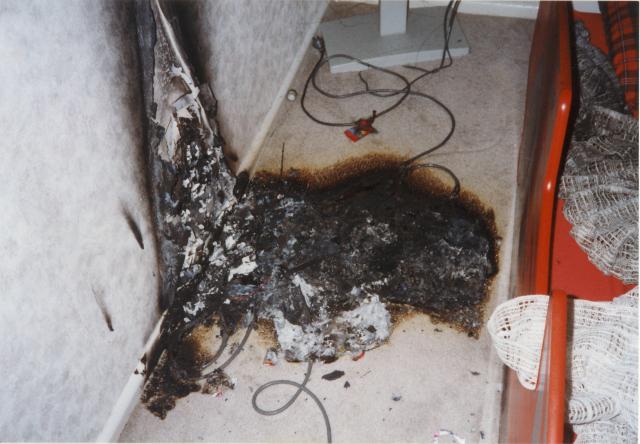The Brimbank council is on a mission to tackle homelessness.
At its June meeting, council endorsed a plan to help guide its response to the problem.
Under the plan, council will advocate for long-term solutions that prevent homelessness.
A more integrated, flexible and coordinated response by council towards the issue has also been promised.
Mayor Georgina Papafotiou said it was a critical step forward in addressing a major problem.
“The harsh reality is that Brimbank has the highest rate of homelessness in Melbourne’s west,” Cr Papafotiou said.
“More needs to be done to help the estimated 1,460 people experiencing homelessness in Brimbank – an increase of 30 per cent since 2011.
“This is placing considerable strain on already overstretched services, which has seen more than 5,000 people seek specialist homelessness services in Brimbank in 2018-19 – the highest of any municipality in Victoria.”
She said it was pleasing to see areas identified to help improve the response, but said more was needed.
“The report also highlighted a lack of local data on rough sleeping, relatively high levels of overcrowding, and increased reliance on hotels and rooming houses due to a lack of locally-based emergency accommodation facilities.
“Brimbank welcomes the steps taken by State and Federal governments to respond to the needs of people experiencing homelessness during the COVID-19 crisis.
“It has been very encouraging to see funding doubled for emergency accommodation and other income support measures in place. More is needed to address the critical shortfall of social and affordable housing in Brimbank which is an obvious solution to preventing homelessness.”
“It is important that the more vulnerable people in the community haven’t been forgotten during this crisis, and to remind them that Council is working hard to bring more support and services where it is needed most”, Cr Papafotiou said.
Council will now write to the federal and state housing Ministers, local MPs and state peak bodies and State Government departments, to share its key findings and recommendations.







